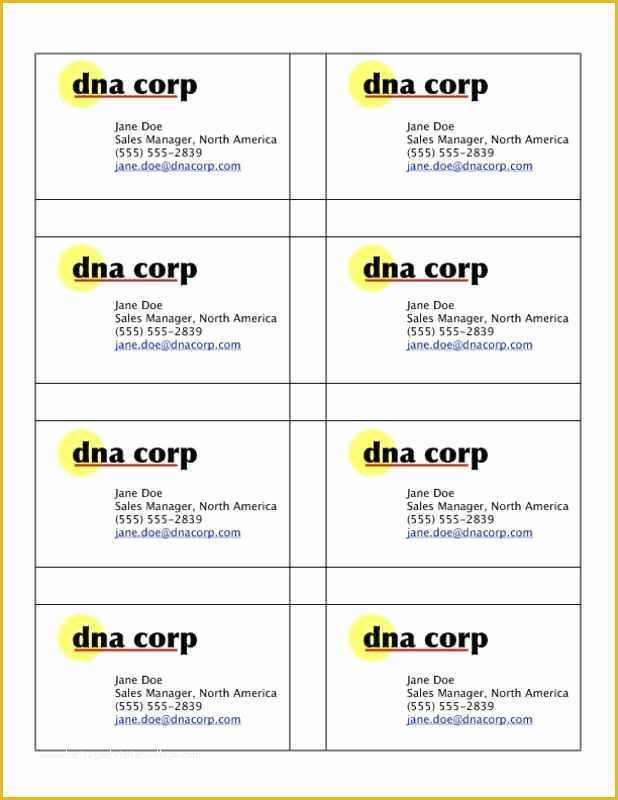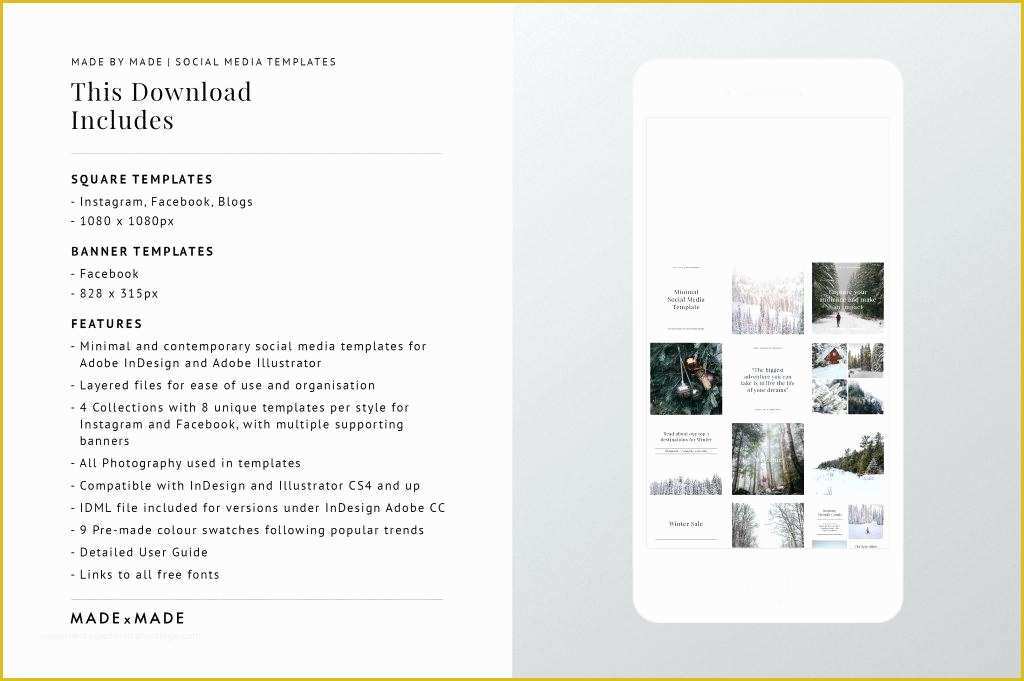
Any illustrative elements beyond simple lines and boxes in Illustrator then placed into the InDesign layout, since Illustrator's the best tool for that job.GREP rules to auto-format things like titles/credentials, e.g.inline objects, such as images (sometimes useful ).vertical alignment (so long text doesn't leave awkward uneven whitespace on that one card where the names are shorter than usual so it doesn't reach the end of the line).excellent paragraph style/character style management.You also benefit from InDesign-only text features, like: Layout and text in InDesign using data merge placeholders.So a very strong case can be made for the following super-efficient workflow: but happy recurring clients coming back for bigger variants on work they liked (delighted by your super-fast turnaround times) can really help keep the wolf from the door. Even if you're designing for a 2-person startup, with any luck a year or two down the line they'll be coming back to you for business cards for their 8 newly hired employees, then coming back a few years later with a much bigger budget as they open their Asia office. Lots of great answers but I'm surprised none of them have talked about batch production of business cards with data merge templates. What DPI should be used for what situations?
Business card templates for indesign how to#
How to print photographic postcard/business cards What are the dimensions of a business card? Some related posts you might find useful: As Confused mentions, all printers will be happy with Illustrator files, there are plenty of examples you can follow and the result will just be, overall, better.

So, in short, I'd say most cards get designed in Illustrator. You can do anything you can in Photoshop - illustration-wise - and you will be able to get everything ready for production in no time. Illustrator's drawing capabilities are closer to Photoshop, but 'better' for non-raster illustrations. It's also widely used in printing, but not for multipage documents like InDesign, as it has no support for master pages and it doesn't let you automate page numbers. Illustrator is used for illustrations, logos, and scalable graphics in general. So, you could use Photoshop, but then you'd have issues preparing the files for the printer. Think of it more as a way to edit pictures you want to then add into printing materials. Its main 'power' comes with its image manipulation possibilities. Photoshop is best for creating and editing photos or raster images. Yes, you could use InDesign, but you will be missing drawing features. The good thing is: It packages fonts and images all in one file, but the file size will generally also tend to be bigger, so in your case, it might be a bit of an overkill. However, where it shines is with multiple pages (tools like text wrap are extremely powerful). That's its strength, you can see it as a way of joining Photoshop and Illustrator elements into a new 'thing'. InDesign's specific purpose is laying out printed materials.

If you have the time, I'd definitely recommend you pick one (spoilers: It's Illustrator). While the three Adobe products have some similarities of use, they all require some learning time. If you are particularly proficient with one of them, you might want to consider going for that one to save time.

In theory, any of those (plus others you haven't mentioned, like the open source alternatives Gimp and Inkscape) let you design a business card.


 0 kommentar(er)
0 kommentar(er)
